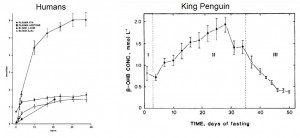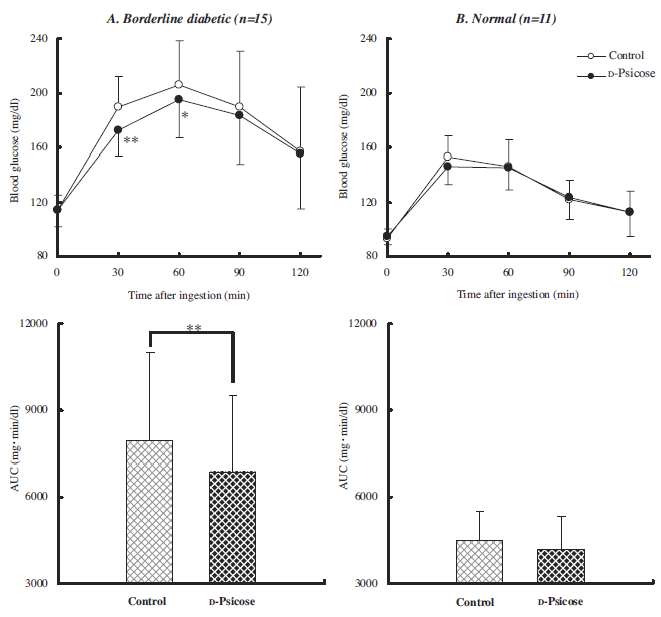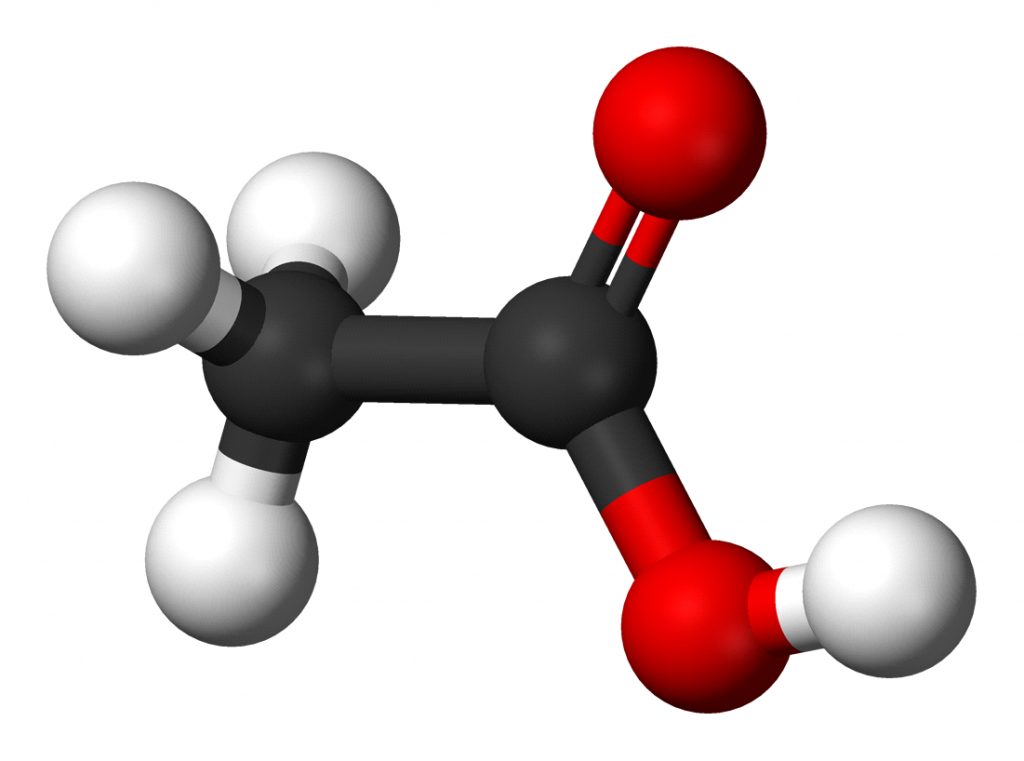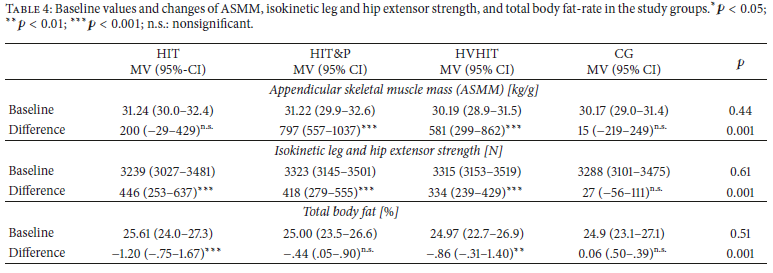Intermittent fasting (in mice)
Every-other-day feeding extends lifespan but fails to delay many symptoms of aging in mice.
THIS IS BASICALLY THE WORST POSSIBLE OUTCOME
Tl;dr: they’re immortal, but just keep getting older and older and it sucks. It’s basically the exact opposite of what we want, which is something akin to eternal youth.
This paper was a Giant.
Brief background: they were testing a model of intermittent fasting known as EOD, or ad libitum access to food every other day. It’s hard to relate this directly to humans because one mouse day is probably about at least 5 human days… although similar to humans, when chow time comes around, we tend to eat a lot. REFEED MAYHEM.
[rant]
It’s like that dude who takes a pic of 3 big steaks and posts it online, saying “dinner is served, bro” …trying to make it seem like they eat that way normally, ~3x/d, when in reality they’ve been intentionally restricting food intake all day to create a big enough energy deficit to accommodate said steaks… #CICO
P.S. as far as circadian rhythms and dietary protein requirements are concerned, this way of eating isn’t doing you any favors…
[end rant]
For the rest of this article, all other articles and much more, head over to Patreon! Five bucks get you all access and you can cancel if it sucks 🙂
UPDATED Affiliate links: still looking for a pair of hot blue blockers? Carbonshade and TrueDark are offering 15% off with the coupon code LAGAKOS and Spectra479 is offering 15% off HERE.
If you have no idea what I’m talking about, read this then this.
20% off some delish stocks and broths from Kettle and Fire HERE.
If you want the benefits of ‘shrooms but don’t like eating them, Real Mushrooms makes great extracts. 10% off with coupon code LAGAKOS. I recommend Lion’s Mane for the brain and Reishi for everything else.
Join Earn.com with this link.

























